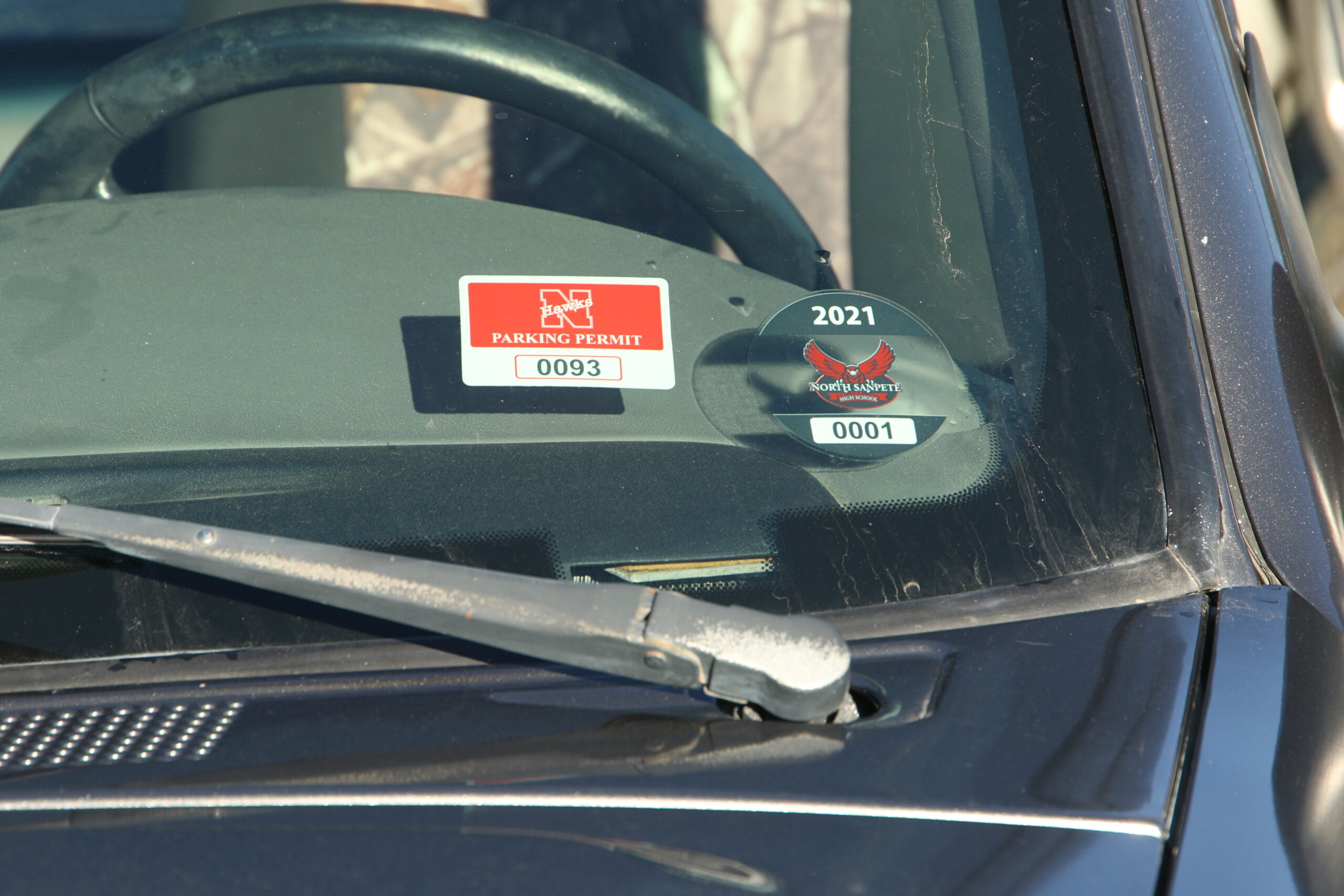Due to the pandemic, NS has decided to have remote learning on Fridays. This decision forced the schedule for Monday through Thursday to change from having school until 2:00pm, with an optional flex from 2:00-2:30, to now ending school at 2:30 and adding that extra half hour into the school day.
At NS, flex is a thirty-minute time period set aside for students to get help from teachers on school work. This past year, flex has gone through many changes, from being between first and second period, to being after school, and now to having no flex as a result of Fridays being set aside for remote learning.
This schedule change is currently temporary, and will likely only last a few months. As NS decides on how best to change the schedule when going back to in person learning on Fridays, it is important to consider both teacher and students views on the pros and cons of previous schedules.
When students at NS were asked which time of day they preferred having flex, it was a fifty-fifty split decision between during and after school. Despite this, when students were asked which time of the day they used flex to do academic work, almost eighty percent of students said they used flex more during the day.
“Having flex during school almost forces you to get help, even if you don’t feel like you need it, and it still gives you a chance to get things done,” senior Shalyce Cook said.
Although flex during school hours may feel more productive academically for students, teachers see things from a different perspective.
“There were some kids who used flex the way it was supposed to be used, but most used it as free time and it went wasted,” volleyball coach and teacher Jori Turpin said. “I feel like it’s academically better to have it after school, it’s more one-on-one, more quiet, and just more beneficial.”
Academics set aside, flex can have an impact on several other areas of high school, including part-time jobs and extracurricular activities. Every high school student is encouraged to be involved. While extracurricular activities can be extremely beneficial, they often come with busy schedules.
When flex was moved to after school, many involved students found themselves with practices starting sooner. While some may find this difficult, students’ safety is often at the front of people’s minds.
“It’s better for the safety of the kids because when winter sports don’t end until 5:30 or 6:00, they are going home in the dark on icy roads,” said Turpin.
While practices may be starting sooner, club activities have been also forced to adapt to new times of day in order to host activities.
“It’s pretty hard for the juniors and seniors to be motivated to stay after school and go to a flex activity,” Drama Flex Council President Kaje Nielsen said.
Part-time jobs are very common at NS. Oftentimes, these part time jobs require their employees to be at work exactly when school ends, with no exceptions for travel time. Since flex was moved to after school, but still was contracted time, jobs were unable to require student employees to be there during the flex time period, giving those students a short break.
“Your job can’t call you in at 2:00 because they know you are contracted to be at the school until 2:30,” said Nielsen.
No matter what time of day it is, both students and teachers agree that flex is a necessary time period that needs to be offered.
“Flex is necessary because with our class sizes being so big, you can’t get to all of the students, so having a cut out time of the day where kids can come in is helpful,” said Turpin.



